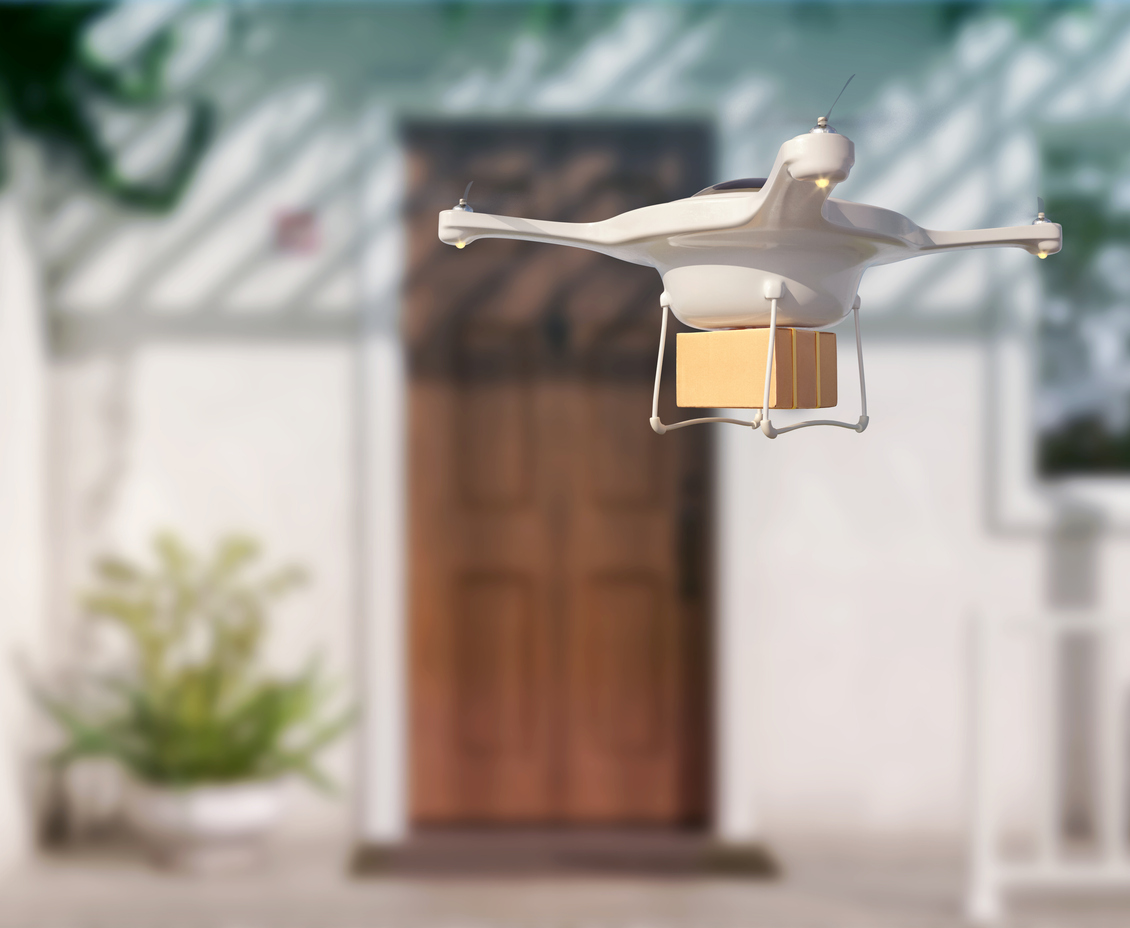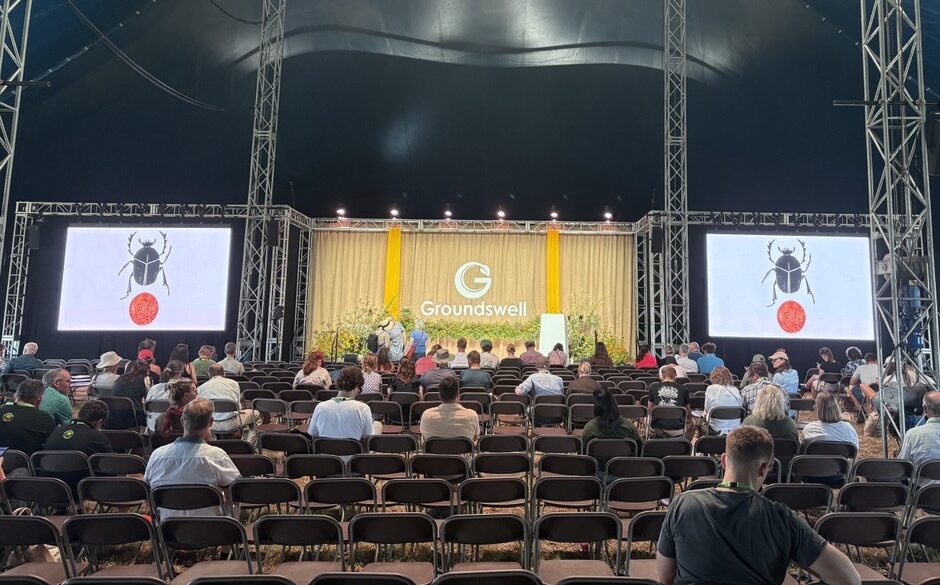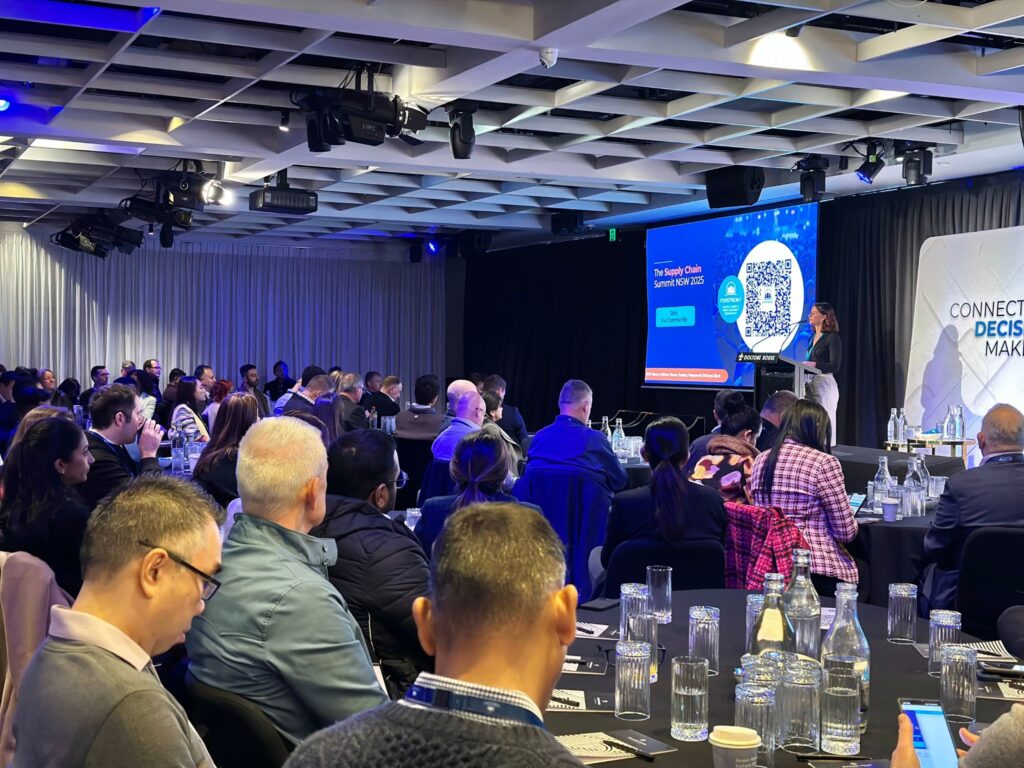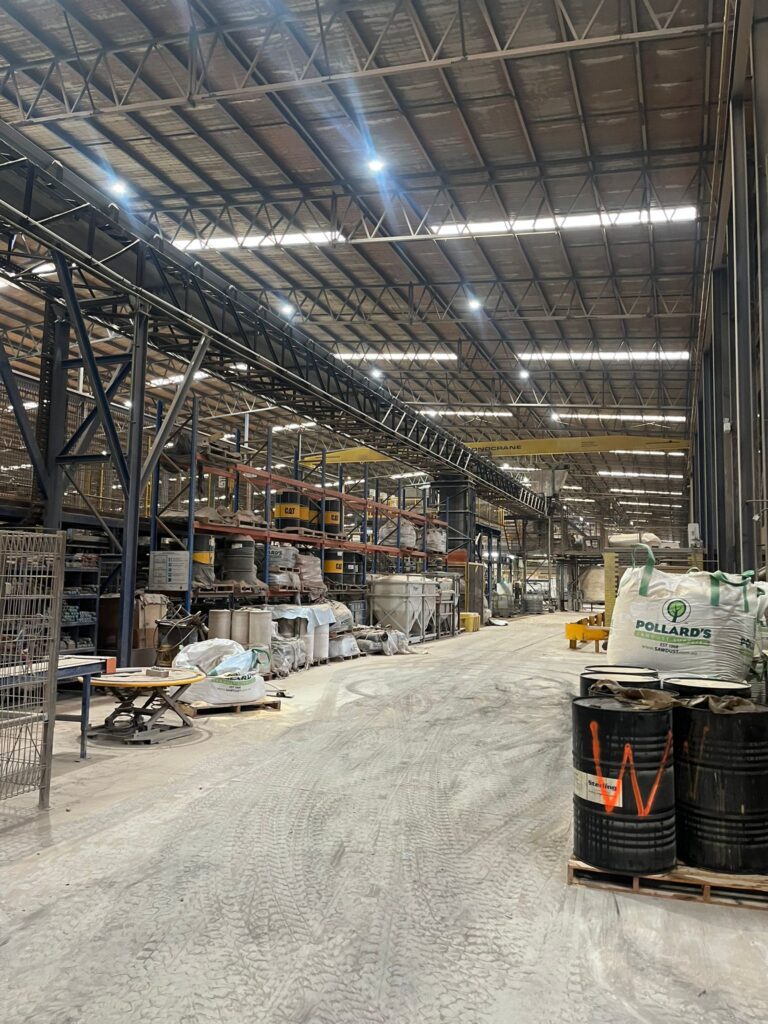For all the changes that 2020 has brought to your lifestyle and consumption habits, one thing seems to have stayed the same; you are still getting your home deliveries from someone driving a van. However, that has also changed, as now that you are more likely to be at home to receive parcels, you might crack a few jokes with the driver, and you will probably be waiting anxiously for bin collection day to take away all that cardboard and polystyrene piling up.
Now that people have started getting vaccinated, there is hope that in a few months you will be able to move more freely again. And with this, the old hide-and-seek game with delivery companies will start again, only worse, given the new volumes of home deliveries people are now used to. So, after revolutionising how people order their products, it is now critical to revolutionise deliveries too; and drones should play a key role here. However, after hearing about drone deliveries for years, how close are you from getting your first drone delivery?
A droning story
In December 2013, Amazon’s CEO, Jeff Bezos, unveiled plans for Amazon Prime Air, a future delivery system designed to safely get packages to customers in 30 minutes using drones. At the time, Bezos told reporters that, being an ‘optimist’, he expected this service to be available in four to five years.
On December 7th 2016, Amazon completed its first Prime Air fully autonomous delivery to a customer living close to its Prime Air depot in Cambridge, England. A few days later, it made its first public available trial for customers living within several miles of the depot, with the objective of gathering data to accelerate the deployment of the service. Amazon also opened Prime Air development centres in the United States, Austria, France and Israel, and has been testing the vehicles in multiple locations.
In the meantime, Wing, a subsidiary of Alphabet Inc., has been building and testing drones and navigation systems to deliver small packages directly to homes in minutes, in addition to an Unmanned Traffic Management (UTM) system to help drones navigate the skies safely. In 2019, Wing was the first drone operator to be certified as an air carrier by the Federal Aviation Administration (FAA) in the United States. It also has operations in Finland and Australia, where it delivers hot coffees and food to customers near Canberra.
UPS soon followed in October 2019. The FAA’s Part 135 certification gives UPS the ability to fly at night and out of sight of the drone operator (which is a key limit imposed on people operating non-commercial drones). The approval also allows the drones to carry cargo over 55 pounds (25 kg), although current trials tend to use parcels ten times lighter. UPS announced it would start using the approval for package delivery to hospital campuses, but CEO David Abney said that could expand to other ‘campus-type environments’, and even homes.
In August 2020, Amazon also got its plans approved by the FAA. David Carbon, Prime Air Vice President, said it would use it to continue developing and refining their technology to fully integrate drones into the airspace.
Other companies have been making progress too. Walmart launched a pilot in September 2020 in Fayetteville, North Carolina, using drones from Flytrex, an Israeli end-to-end drone delivery company. The same month, Tesco announced it would trial delivering ‘small baskets’ of goods to the local area around its Oranmore store, in County Galway, Ireland. The drones are manufactured in Wales by Manna Aero, which already runs medicine delivery trials in Ireland, in partnership with Ireland’s health authority. Manna Aero was due to trial deliveries of takeaways to college students in mid-March 2020, but the focus changed when the pandemic hit.
Drones dropping, landing, and crashing
If you have been researching the above examples, you may have realised that there are currently three main types of drones:
- those that land to pick and drop their parcel, e.g. Amazon
- those that hover above the ground and lower a cable to which the parcel is attached, e.g. Wing, Manna Aero
- and those who drop parachute-aided deliveries; although these trials tend to be for specific uses, such as dropping a defibrillator in mountainous regions
For the landing type, it is important to define a safe landing location. In some of its videos, Amazon introduces the idea for customers to place a landing mat for the drone to locate and land on. Obviously, this works better for people with a garden, but one could also imagine drones dropping parcels on the rooftop of buildings. Balconies, especially in dense buildings, would likely still represent too many collision hazards.
For the hovering type, the small parcel lowered by the cable needs less space than the drone to land, but there is always a chance that something could go wrong and having a dedicated area for drone deliveries to drop packages is a much safer solution. Interestingly, some of these models seem to also be able to pick up new parcels without landing, again using the lowered cable.
The range of products is likely to be limited too. Most drones can currently only carry 5 pounds (2.3kg) parcels. This can seem quite low, but Amazon points out that 75 to 90% of its deliveries are under that limit.
Regardless of the model, all drones will still need to land to recharge their batteries, but interesting ideas are emerging, with lampposts and church steeples doubling as docking stations, and architects already incorporating landing areas on rooftops and designated areas in neighbourhoods.
One of the biggest concerns remaining are drone collisions and crashes. Here again, on top of the multiple sensors that these autonomous drones carry, additional safety measures tested include drones self-destructing in the air so falling parts are smaller in size and drones self-crashing into trees when necessary.
About that delivery
Based on all the elements above, the answer to when you will get your first drone delivery is likely to depend on where you live. Unsurprisingly, trials have all taken place in sparsely populated areas, lowering the risk of collision with infrastructures and people. However, this setup also means drone deliveries are less likely to reach a wider customer base, especially when considering that the latest Amazon drones still have an autonomy of 15 miles.
A fulfilment centre based within a city would certainly serve a much bigger customer base, and we can see Amazon has also been exploring concepts here with its drone beehive patent application. The infrastructure looks quite similar to the ‘gherkin’ building in London and would serve as a distribution centre and a control tower for drone deliveries. However, the timeframe to develop, get the necessary approvals, and build such a building pushes this idea even further into the future.
The decisive factor will probably end up being local regulation and support for the technology. Based on existing trials, the UK, Ireland, the United States and Australia seem to be ahead, but it will also be important to secure people’s support, especially when considering the rather annoying buzzing noise of the existing models, and the chances of a drone delivery corridor coming to spoil a peaceful moment in nature.
Maybe you stand a bigger chance if you move to NEOM, the greenfield region that Saudi Arabia is building by the Red Sea, with the ambition of becoming a living laboratory for innovation and the future. There, drone deliveries are likely to be part of the design of the future residencies and infrastructures.
Bill Gates famously said: “We always overestimate the change that will occur in the next two years and underestimate the change that will occur in the next ten.” So, while Jeff Bezos was too optimistic back in 2013, 2023 might not seem like an unlikely horizon to see the first commercial developments of drone deliveries.







